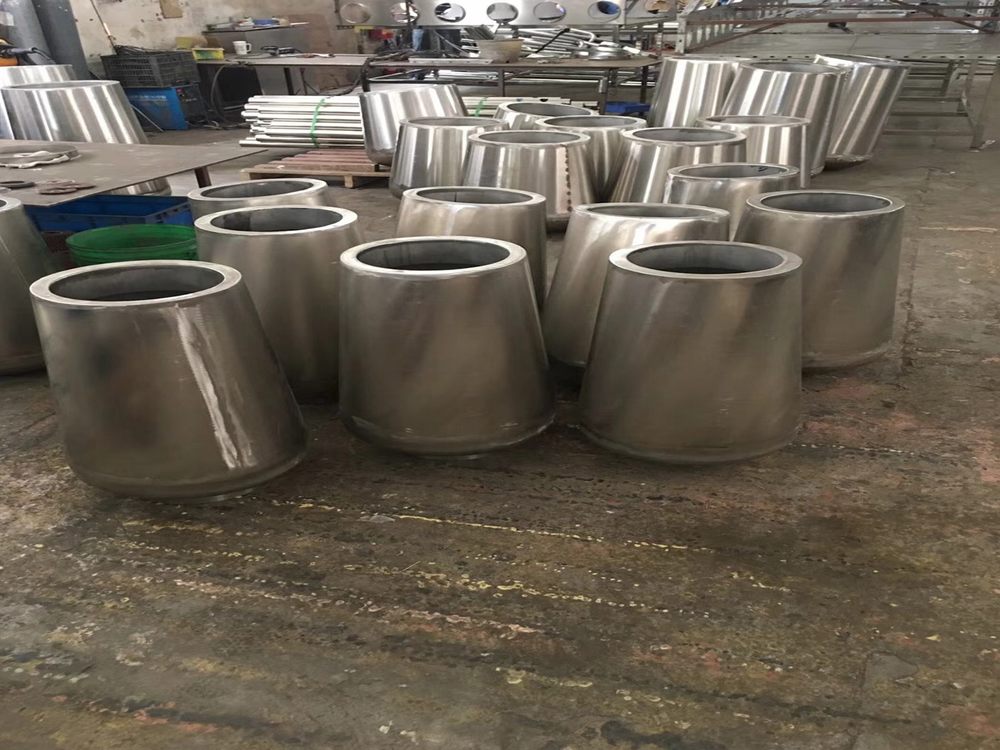
Porcelain sculptures, as delicate yet enduring artifacts, serve as silent witnesses to the socio-political currents of their time. In imperial China, these artworks were far more than decorative objects—they functioned as tools of propaganda, status symbols, and cultural narratives.
During the Ming Dynasty (1368–1644), blue-and-white porcelain flourished under imperial patronage, with dragon motifs symbolizing the emperor's divine authority. The strict control over kilns by the court reflected centralized power, while export pieces carried diplomatic messages to foreign rulers.
The Qing Dynasty (1644–1912) saw even more explicit political statements. Famille rose porcelain incorporated vibrant colors to showcase Manchu rulers' wealth, while scenes of military victories glorified conquests. The Qianlong Emperor famously commissioned porcelain replicas of ancient bronzes to legitimize his rule through cultural continuity.
Religious porcelain figures from the Tang Dynasty reveal the interplay between Buddhism and state power, with celestial guardians mirroring imperial guard hierarchies. Later, during the Cultural Revolution, porcelain production shifted to depict workers and peasants, erasing traditional motifs in favor of socialist realism.
Even in contemporary times, artists like Ai Weiwei subvert porcelain's traditional associations, using broken vases to critique modern China's relationship with its cultural heritage. Through material choices, iconography, and production methods, porcelain sculptures continue to encode the tensions and triumphs of their historical moment.

